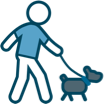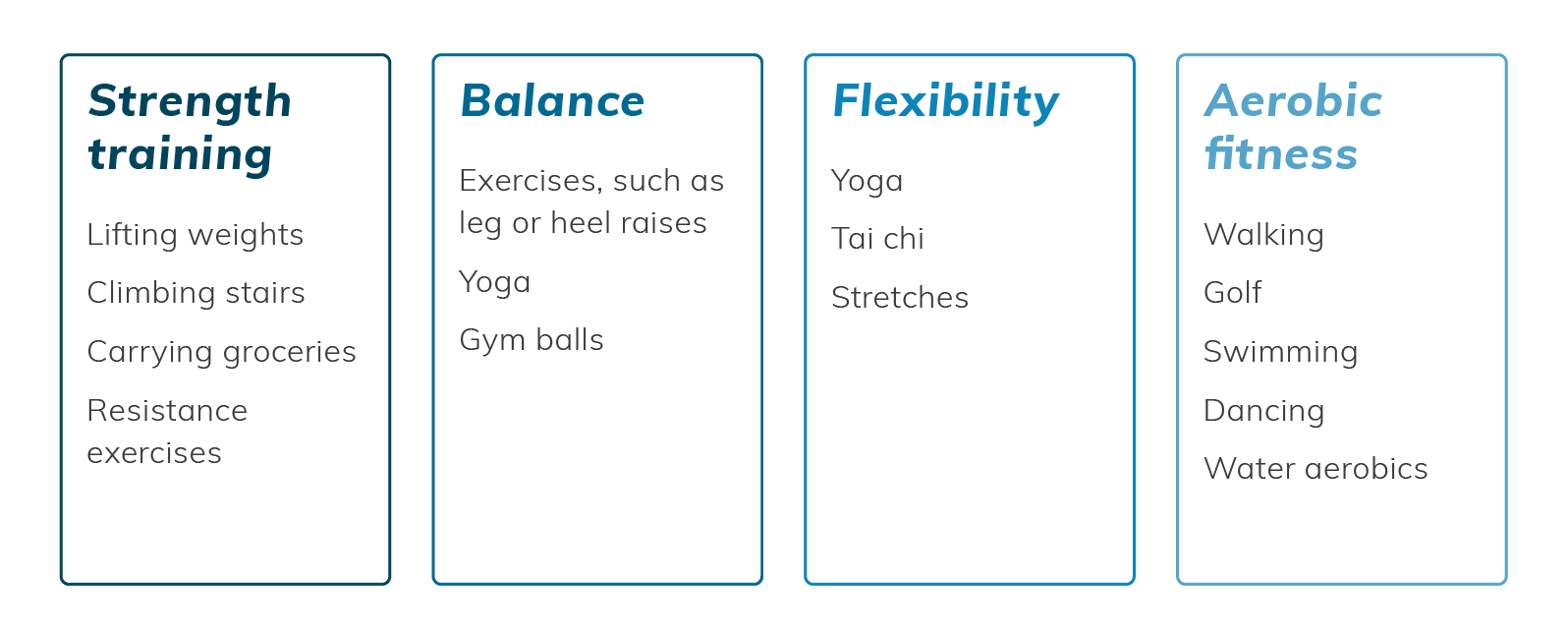
Getting more active
Moving and getting more active is key to managing your pain.
Generally, the human body moves easily and enjoys movement, and exercise helps with sleep, keeping healthy, managing mood and overall wellbeing. It is important to move your body on a regular basis. Often, after having a brain injury or chronic pain the body might not be able to move in the ways it did before.
After an injury to the brain, it is common to have physical difficulties such as:
- muscle weakness
- reduced muscle length, sometimes called contractures
- reduced muscle tone
- reduced coordination
- other problems including ataxia, apraxia, involuntary movements, or tremors.
Often people with a brain injury might have extended periods of time with reduced activity or limited mobility. This could be during time in hospital or because of chronic pain. It is common for people with chronic pain to reduce their activity and rest, thinking this will help get rid of their pain. The more you rest, the harder it becomes to do activity. Even the simplest task becomes an effort. Rest and inactivity, plus any physical injuries, can lead to deconditioning. Deconditioning is when the body has reduced fitness or muscle weakness due to inactivity.
It is important to work with a physiotherapist or exercise physiologist with experience in brain injury to develop a movement program that is safe and effective for you. You might have worked with a physiotherapist or exercise physiologist before. Their role is to help you re-learn activities, like walking or getting out of bed, assisting you to improve your fitness and strength, and helping you to get back to activities in your community. When putting this movement program together, keep in mind that it should focus on strength training, aerobic fitness, flexibility and balance.

Strength training – lifting weights; climbing stairs; carrying groceries; resistance exercises
Balance – exercises, such as leg or heel raises; yoga; gym balls
Flexibility – yoga; Tai Chi; stretches
Aerobic fitness – walking; golf; swimming; dancing; water aerobics
Moving and getting more active is key to managing your pain. When planning your program, start off by picking an activity you enjoy, Begin slowly and increase your activity level and strength over time. Think about:
- what type of activity do you want to do?
- how often?
- how hard or long to do it?
- goal setting and
- pace, pace, pace.
Read the Getting more active guide, then use the tips and tools to make your My plan for getting more active so you can start to move more and learn to Be Pain Smart.